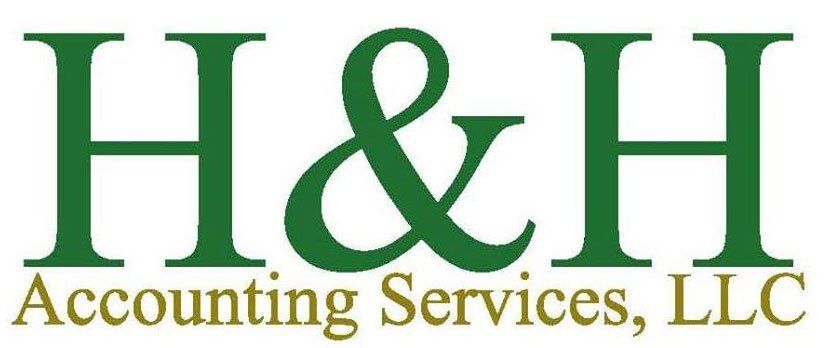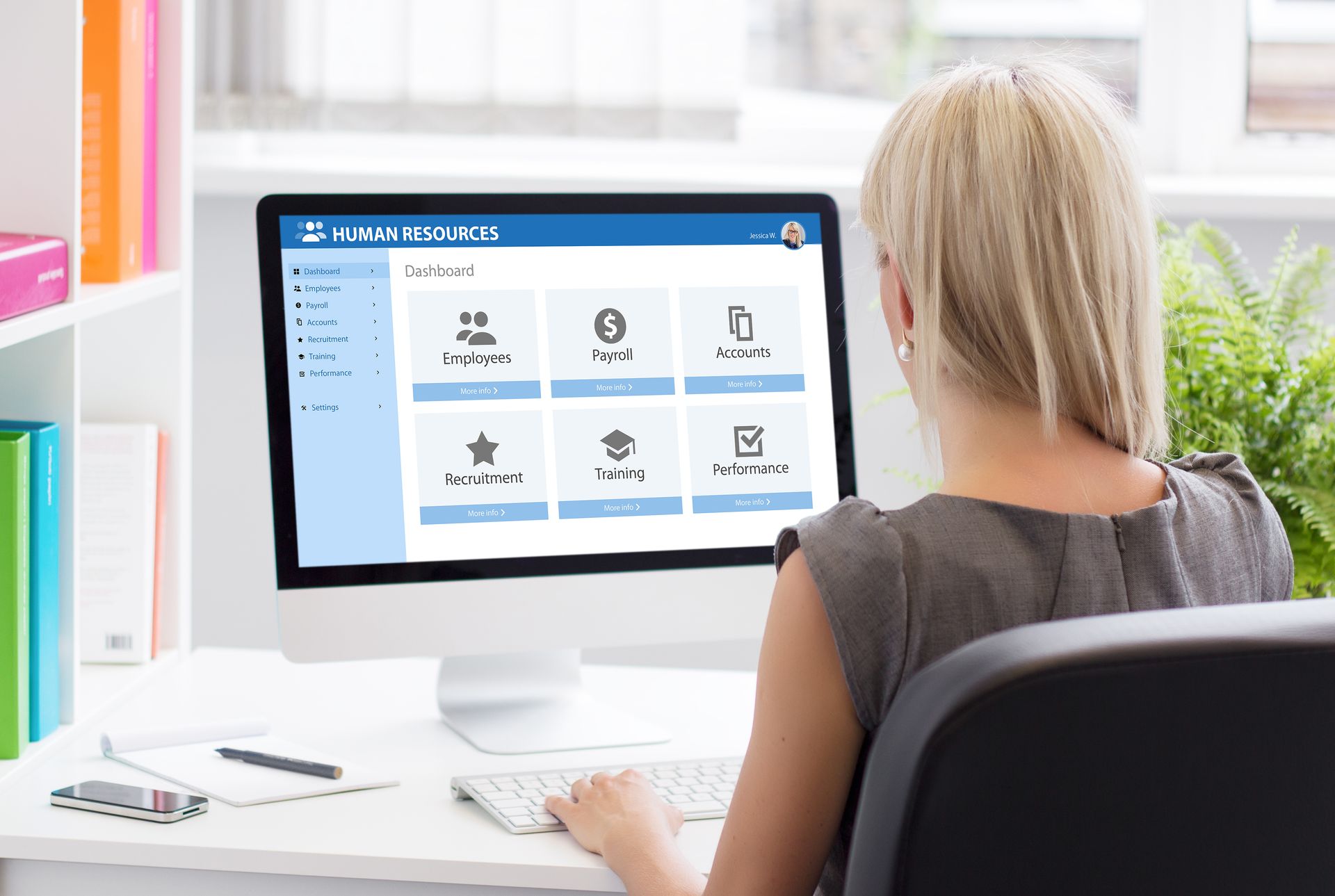The Good and the Bad of Payroll Tax Cuts

What Is the Payroll Tax?
In the most basic of terms, a payroll tax is money taken out of your wages by your employer and given to the government. In addition to this withholding, employers also chip in a portion – generally half of your Social Security (6.2 percent), half of your Medicare (1.45 percent) and federal unemployment tax.
People only pay the payroll tax (income taxes) if they’re employed and are getting paid. The amount you pay is a percentage of your income, whether it’s a salary, hourly wage or tips. If you are tipped directly you still technically owe payroll tax on those cash tips, but it becomes your responsibility to report and pay it.
Most workers understand payroll taxes on a basic level, even if they’re not super familiar with the ins and outs of payroll taxes. People generally notice it when they get their first entry-level hourly job.
The discovery probably goes something like this (the scenario varies based on age and minimum wage laws at the time…)
- Kid gets job making pizzas for $7.50 an hour
- Kid works 20 hours a week and expects to get a check for $300 after two weeks
- Kid gets check for about $270
- Kid is frustrated, confused and wonders what these Medicare, Social Security, federal income taxes and state income taxes are on their paystub
The Criticism of Payroll Taxes as Stimulus
For a lot of workers, a payroll tax holiday would be a significant boon. Their take home immediately goes up a lot. Someone making $60,000 a year ($2,500 a pay period) would suddenly have a bit more than $500 extra every two weeks. That money could go towards savings, mortgages, pay for childcare, pay down student loans or be put back into the economy through the purchase of consumer goods.
However, as a stimulus designed to help everyone it’s not entirely effective:
- You only benefit if you have a job
- People in higher tax brackets, likely the people who least need stimulus, get the most out of it
- People in lower tax brackets may get enough back to make much of an impact on their life
Consider the kid making $7.50 an hour. Getting an extra $30 every two weeks likely won’t make a measurable difference in their life, but they also likely weren’t trying to make ends meet based on that income alone.
A stimulus for COVID-19 would ideally benefit everyone, especially people who may have lost their jobs and can no longer pay their mortgages, utilities or even put food on the table. A payroll tax holiday wouldn’t help these people.
Additionally, programs like Social Security and Medicare do require funding, as do other federal government programs. Temporarily eliminating the payroll tax, on either the employer or employee side, does reduce revenue for government assistance programs.
All of the above is just conjecture on how actual payroll tax forgiveness would work. Although the White House was exploring ways to forgive payroll taxes rather than defer them, they were never quite successful in going all the way. All the executive order really did was defer the 6.2 percent Social Security tax through December 31, 2020.
But we’ll explore some of the arguments for and against payroll tax forgiveness as stimulus anyways.
Some Help Is Better Than No Help
Even if you are in the lowest tax bracket and making just $25,000 a year, you still pay the 7.38 percent federal tax, 2.7 percent state tax and the 7.65 percent Social Security and Medicare combined each paycheck.
During a real payroll tax holiday that worker would get an extra $185 each pay period, or $370 a month, which is not nothing.
People who entirely dismiss payroll tax forgiveness as having no benefit for working families are wrong, but it’s also not the same as cutting people a stimulus check.
The actual Social Security deferral – which does eventually have to get paid back – is arguably pretty unhelpful in the long run.
Low-Income Workers Did Not Benefit from the Recent Boosts to Unemployment Benefits
Critics of the payroll tax holiday as stimulus sometimes forget the bonus people on unemployment were getting thanks to the CARES Act. The federal government was kicking an extra $600 a week to people on top of their normal unemployment (through July 31st). Although that program is over, unemployed people in Arizona have also benefited from Trump’s August 8, 2020 memorandum that granted an extra $300 a week (through December 31).
In Arizona, the maximum unemployment a person can normally get is $240 a week. For a while, some of those people were getting $840 a week ($1,680 a pay period). If they were unemployed and benefiting from the executive order signed in August, they would have received $540 a week ($1,080 a pay period).
That worker making $25,000 a year from our previous example would have been taking home $857 (after payroll deductions) a pay period ($428.50 a week) during those same months.
Also keep in mind the infection risks many low-wage, frontline service sector workers were assuming, such as those working as cashiers in supermarkets, drivers for Uber Eats or attendants at a convenience stores. It’s easy to make the case that a bit of hazard pay would have been warranted.
A real payroll tax forgiveness plan would have at least provided some incentive for those workers to maintain their employment and give them some stimulus to compensate for any tough times their families may have been going through financially.
As it was, in the weeks during spring and summer 2020, a lot of people were getting paid a lot more by being unemployed and safe at home than those who were putting themselves at risk to keep basic services available. Payroll tax forgiveness could have been a good way for a nation to show its appreciation to those workers.
Do You Have to Pay Taxes on All That Unemployment Income?
Yes, people who receive unemployment benefits will have that income taxed. That income is typically exempt from the Social Security and Medicare portions of federal taxes, but the rest of that income needs to be taxed at whatever federal and state income tax rate you’d normally pay for your bracket.
A lot of beneficiaries don’t realize this, and then get a rude surprise when it turns out they owe more than they expected. If you have questions about your federal or Arizona taxes, feel free to contact the Phoenix accounting and tax preparation experts at H&H Accounting by calling (480) 561-5805.



